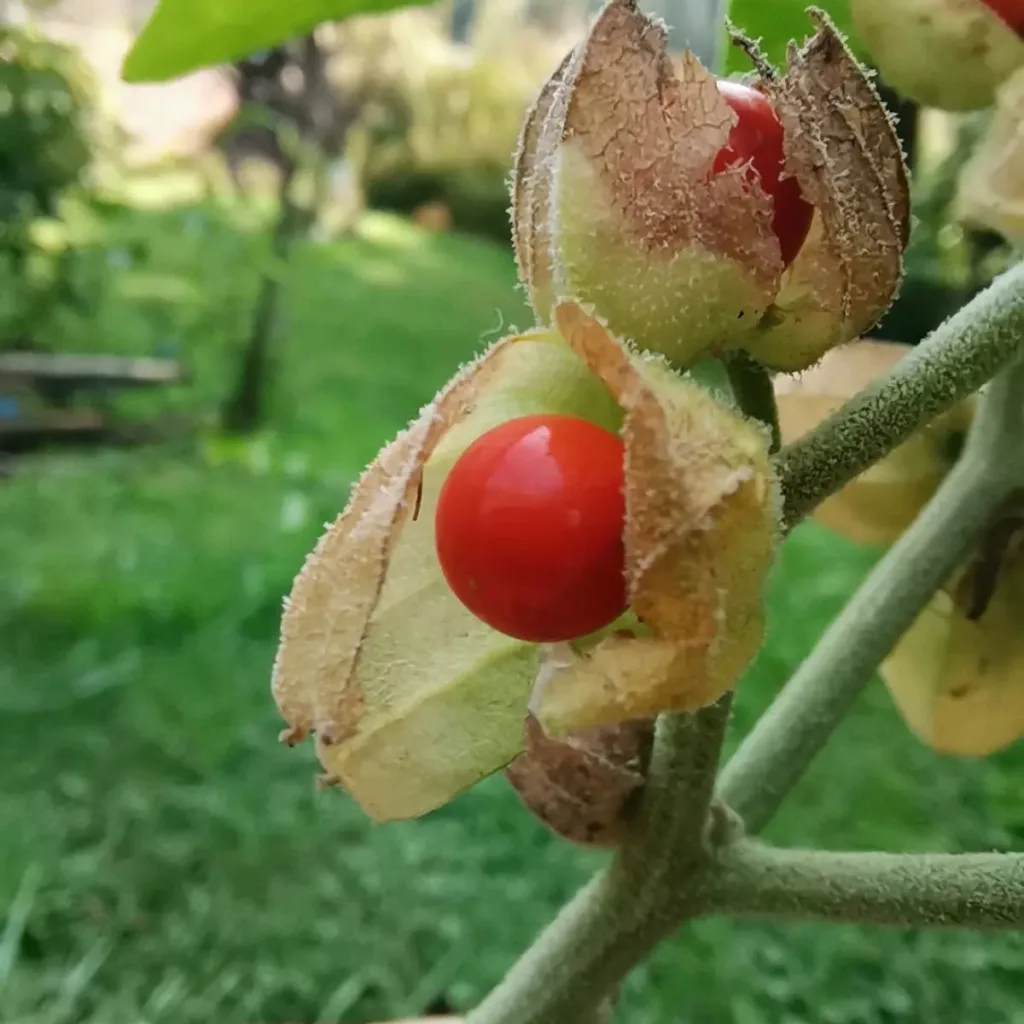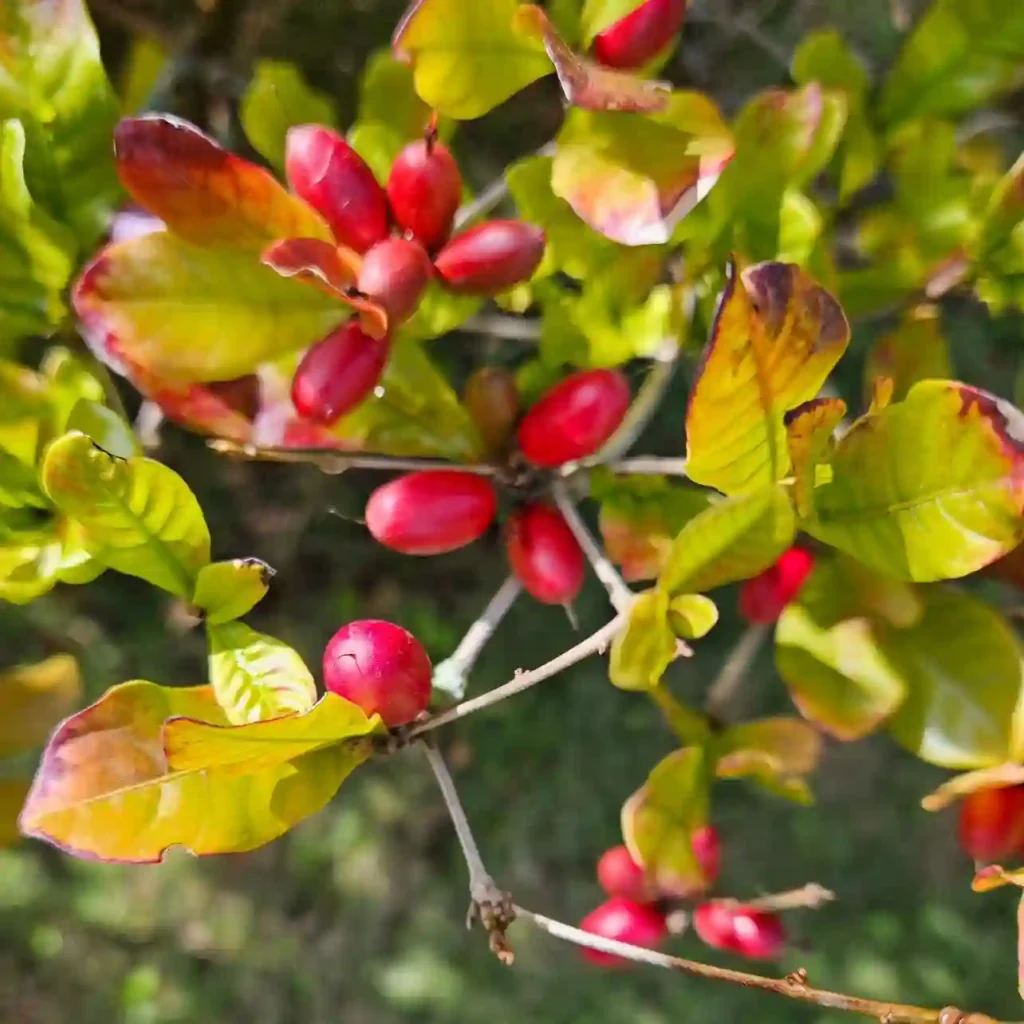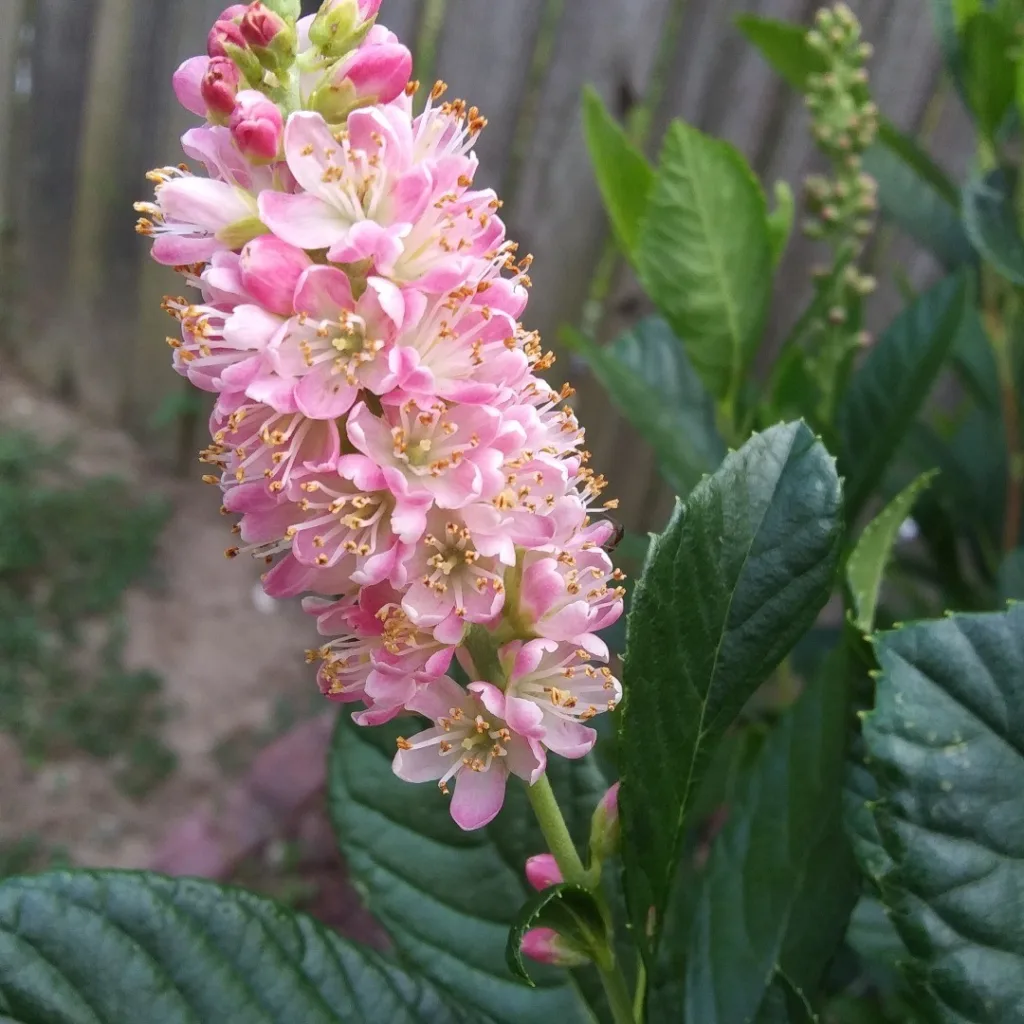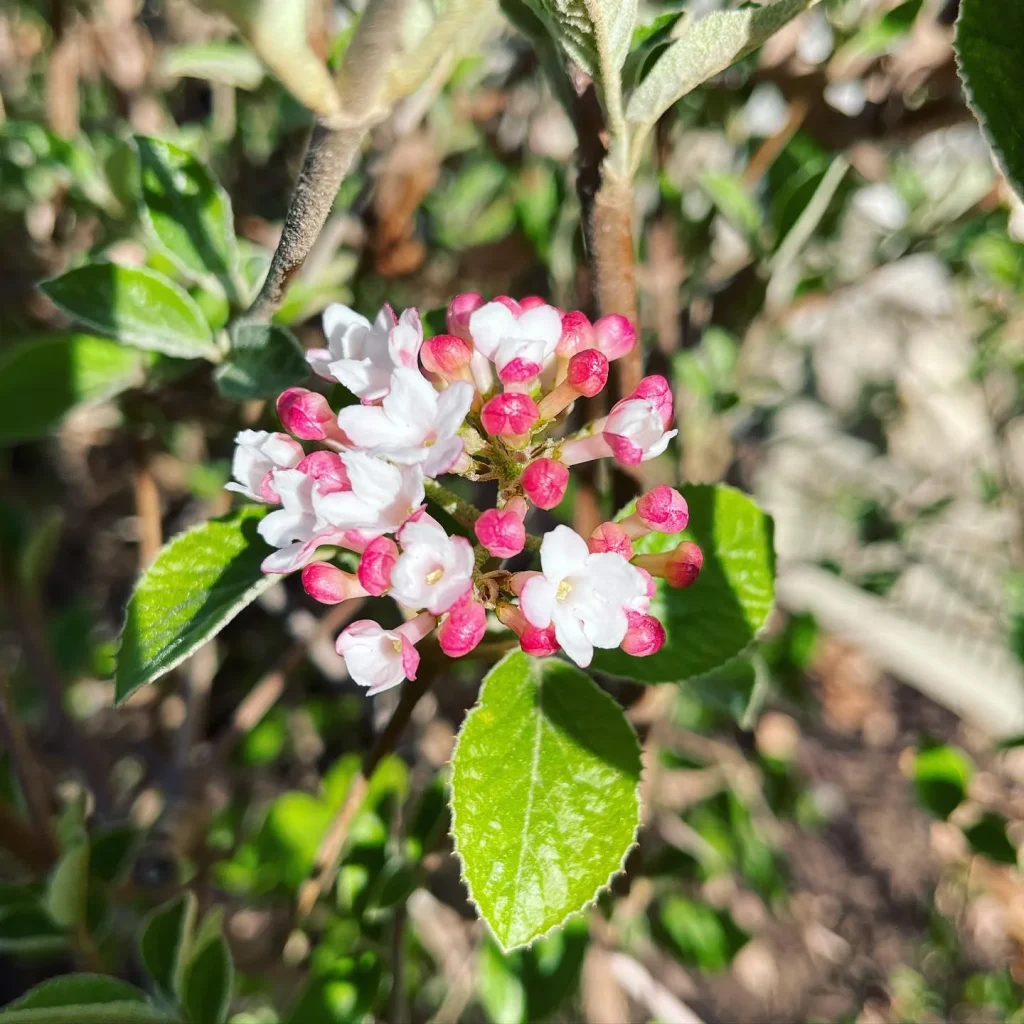Toyon: A California Treasure Blooms in My Oregon Backyard
The first time I encountered the Toyon (Heteromeles arbutifolia) was on a hike through the chaparral-clad hills of California. Its glossy green leaves and bright red berries caught my eye, a splash of color against the sun-baked landscape. Little did I know, this California native would become a cherished resident of my own backyard here in Central Oregon.
Heteromeles arbutifolia, also known as Christmas berry, is a visually striking evergreen shrub. But beyond its beauty, it holds a special significance. As a native plant enthusiast, I’m drawn to species that thrive in harmony with the local ecosystem. The Toyon fosters a vibrant community, providing food and shelter for birds and pollinators.
Does Christmas Berry (Heteromeles arbutifolia) Grow in Central Oregon?
While Toyon is native to California and the Baja Peninsula, its range extends just slightly into the Siskiyou Mountains of southwestern Oregon. This means that depending on your specific location in Central Oregon, you might be able to cultivate it with some care.
Here’s the key: Toyon prefers mild winters with occasional frosts. Central Oregon’s climate can be quite variable, with some areas experiencing harsher winters than others. If you’re unsure about the winter conditions in your area, consider planting Toyon in a microclimate that offers some protection from the elements, like a south-facing wall or near larger shrubs.
How to Pronounce Heteromeles arbutifolia?
This unique plant name can be a bit of a tongue twister. Here’s a breakdown to help you master its pronunciation:
- Het-er-o-me-les: Each syllable gets roughly equal emphasis.
- ar-bu-ti-fo-li-a: Accentuate the “ti” sound, making it sound like “tee.”
With a little practice, you’ll be pronouncing Heteromeles arbutifolia like a pro!
Beyond the Beauty: Environmental Benefits of Toyon
The Toyon’s ecological value adds another layer to its appeal. Here’s how it contributes to a healthy ecosystem:
- Wildlife Food Source: Birds like robins and cedar waxwings relish the bright red berries, a vital food source during winter months.
- Pollinator Haven: The small white flowers attract bees and butterflies, promoting pollination and healthy plant communities.
- Erosion Control: The Toyon’s dense root system helps prevent soil erosion on slopes.
Is Nandina (Nandina domestica) Related to Heteromeles arbutifolia?
While both Toyon and Nandina (Nandina domestica) are attractive evergreen shrubs with red berries, they belong to different plant families. Toyon is part of the Rosaceae family, which also includes roses and apples. Nandina, on the other hand, belongs to the Berberidaceae family, which includes barberry.
Is Toyon (Heteromeles arbutifolia) Deer Resistant?
This is a question many gardeners ask, especially those in areas with abundant deer populations. The good news is that Toyon is considered moderately deer resistant. The leaves have a slightly bitter taste that deters deer from browsing heavily. However, during harsh winters with limited food sources, deer may occasionally nibble on the foliage.
Caring for Your Toyon (Heteromeles arbutifolia)
If you’ve decided to bring a Toyon into your Central Oregon landscape, here are some tips for its happy growth:
- Planting: Choose a well-draining location that receives full sun to part shade.
- Watering: Water deeply during the first year of establishment, then allow the soil to dry slightly between waterings.
- Pruning: Prune lightly after flowering to maintain desired shape.
- Soil: Toyon tolerates a wide range of soil types but thrives in well-draining, slightly acidic soil.
Companion Plants for Toyon (Heteromeles arbutifolia)
When planting Toyon, consider its natural habitat and choose plants that complement its needs and aesthetics. Here are some ideas:
- California lilac (Ceanothus)
- Coyote bush (Baccharis pilularis)
- California poppy (Eschscholzia californica)
- Blue grama grass (Bouteloua gracilis)
With its vibrant beauty and ecological benefits, the Toyon (Heteromeles arbutifolia) is a wonderful addition to any Central Oregon landscape. By providing the right care and choosing suitable companion plants, you can cultivate a thriving piece of California magic in your own backyard.
If i die, water my plants!



